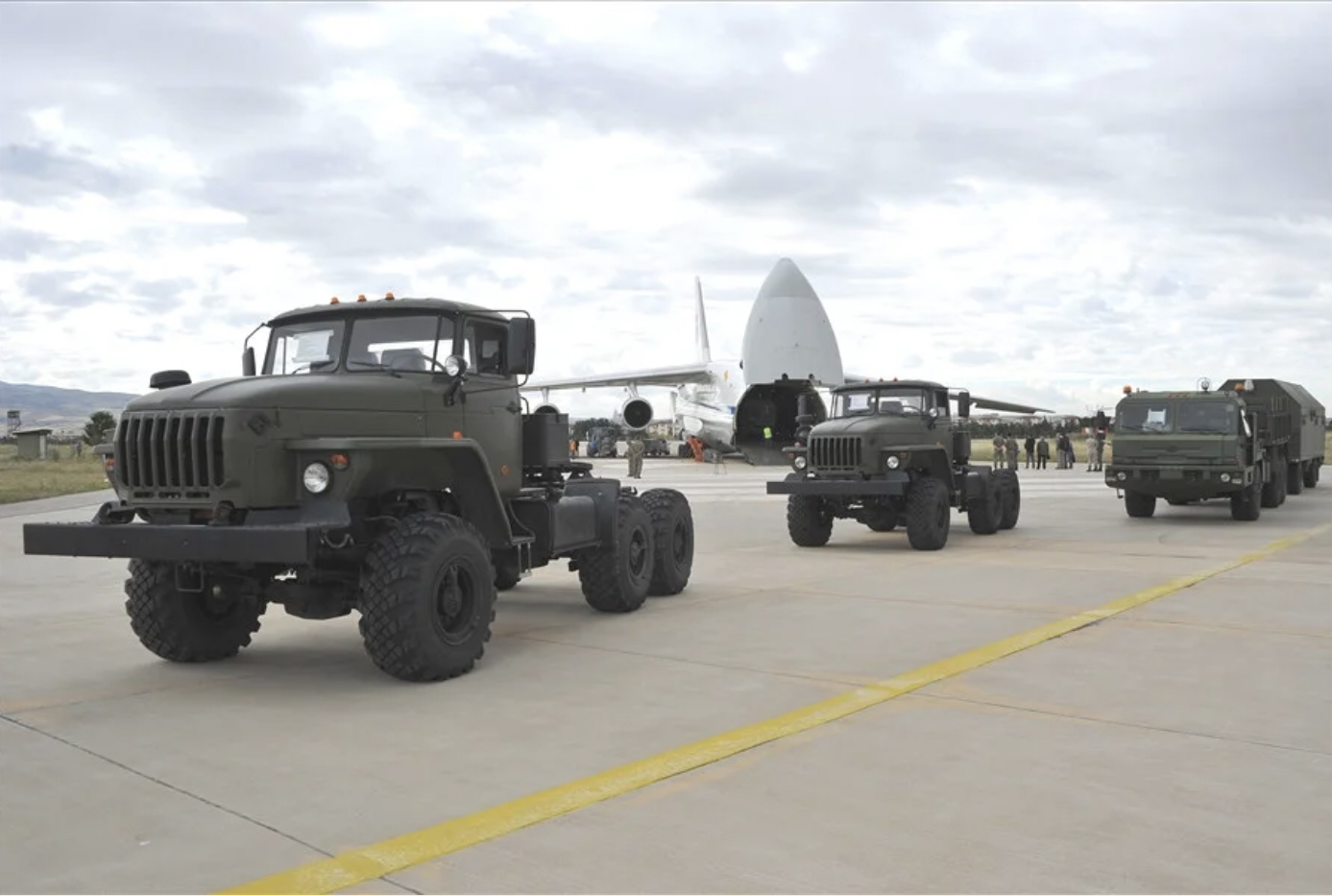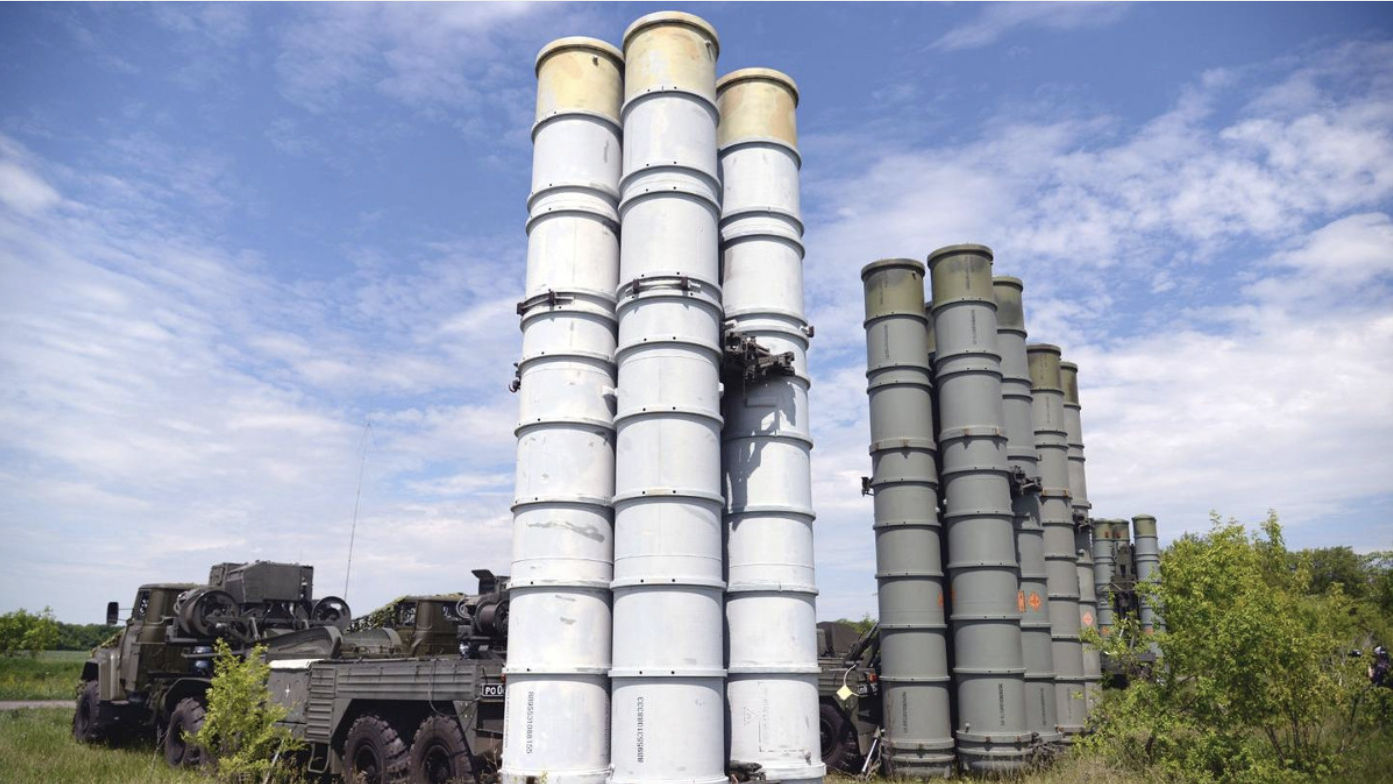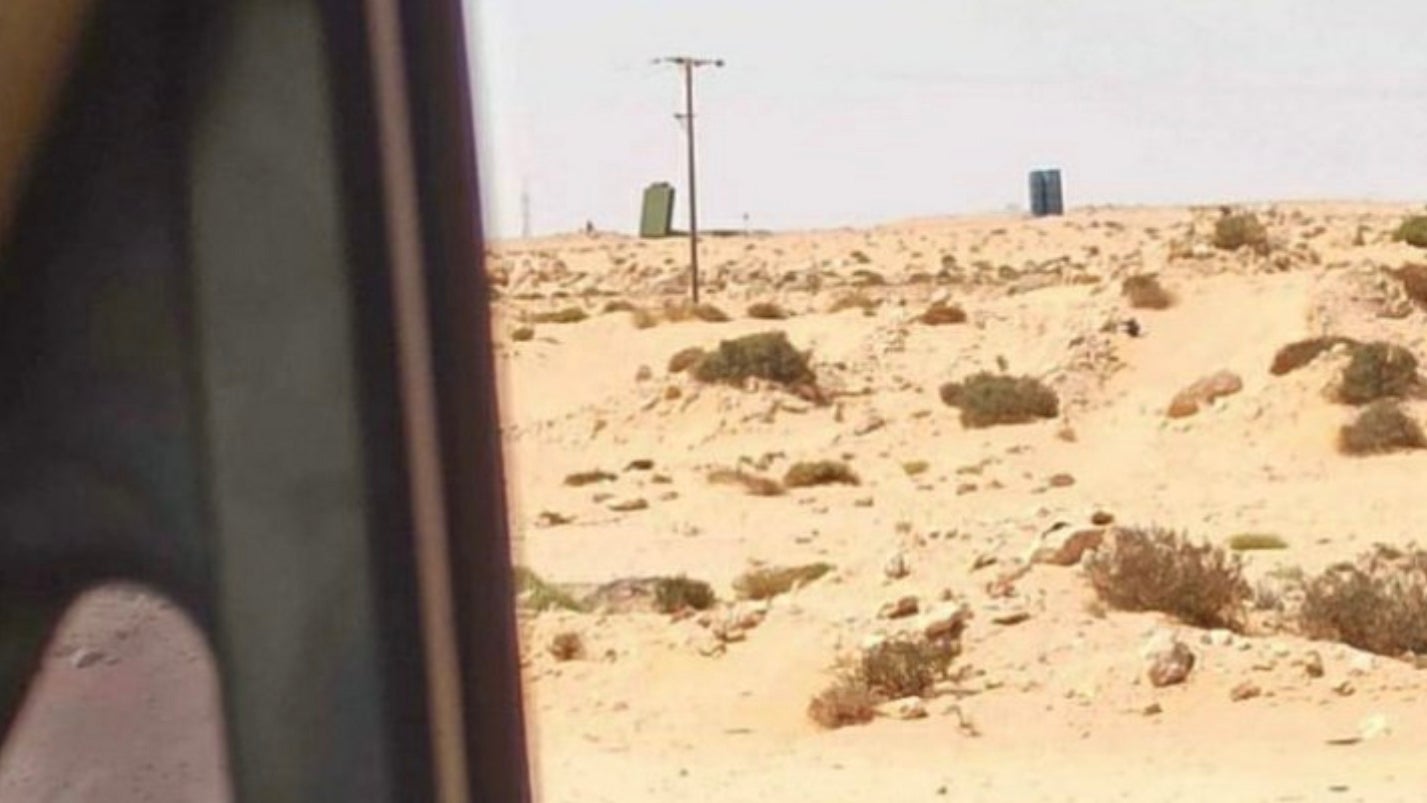Imagery appearing on social media channels seems to show the deployment of a Russian-made surface-to-air missile system — from either the S-300 or S-400 family — deployed near Ras Lanuf on the Libyan coast. The oil port is controlled by the Libyan National Army (LNA) commanded by Field Marshal Khalifa Haftar. Should the presence of these weapons be confirmed, it would mark a new significant escalation in Libya’s civil war and in the involvement of foreign powers backing either side in the conflict.
Unconfirmed media reports last month suggested the LNA had deployed the S-300 along the eastern border with Egypt. The veracity of these reports is unclear as Ras Lanuf is nowhere near the border with Egypt.
However, the reported appearance of the air defense system in Libya does follow a flight by a Russian Aerospace Forces An-124 strategic airlifter into Libya’s Al Khadim Air Base on Aug. 3. The transport flew in from Mozdok Air Base in Russia’s Caucasus region, making what is thought to be the type’s first appearance in Libya since Moscow’s stepped up its involvement in the ongoing civil war in support of Haftar’s LNA forces. Before its stopover at Mozdok, the An-124 had departed from Vnukovo in Moscow.
The An-124 is typically used to transport bulky equipment, which could include S-300 and S-400 systems and their supporting elements. Il-76 transports — operated both by the Russian military and by contractors — that have been making regular runs to Libya aren’t big enough to handle the larger components of either of the S-300 or S-400. It’s notable that when Turkey received its initial S-400s, Russia delivered components in both An-124s and Il-76s, as The War Zone described here.

Haftar’s LNA — based in the eastern city of Tobruk — has received support from Russia, the United Arab Emirates, and Egypt, among others. The U.S. government also assesses that Russian mercenaries from the Wagner Group are operating in Libya on behalf of Haftar’s forces. Wagner has connections with Russia’s Main Directorate military intelligence agency, also known by the Russian acronym GRU.
The LNA’s chief opponent is the U.N.-backed Government of National Accord (GNA), based in Tripoli, the country’s internationally recognized capital. Its primary international backer is presently Turkey.
While the photos of the purported SAM site reveal little in the way of detail, it’s been suggested they depict a truck-mounted 96L6 or 96L6E target acquisition radar, which NATO refers to as Cheese Board, together with a transporter-erector-launcher (TEL) associated with an S-300 or S-400-series SAM system. The S-400 seems a less likely proposition since it’s probable that Moscow would be less willing to commit such an advanced system to the Libyan theater.
If the equipment at Ras Lanuf is as it seems, it marks another significant development in the conflict. Presuming the site is indeed an S-300 or S-400 battery, and if it was provided by Russia, it would demonstrate Moscow’s expanding efforts to enhance the LNA’s air power and air defenses, following the previous deployment of MiG-29 and Su-24 warplanes, as reported by The War Zone. Beginning in May, Russia supplied Libya with at least 14 combat jets and both sides in the conflict have been expanding their air and air defense capabilities.
However, the precise capabilities of the alleged air defense system depend heavily on which sub-variant of S-300 or S-400 is involved, and the various missile subtypes, as well as to what degree the battery is integrated within a unified air defense network. The operational utility would also be determined by the level of situational awareness that’s available to their operators. The LNA’s Pantsir-S1 short-range air defense system — Russian-made, and supplied by the U.A.E. — has proven notably vulnerable to Turkish attack, especially by armed Bayraktar TB2 drones, although the precise reasons for this have been subjected to ongoing debate.

While the S-300 — and even the more capable S-400 — might seem like overkill against the GNA’s limited aerial capabilities, even the TB2s, they could potentially serve as a deterrent to a wider Turkish intervention. A similar tactic was pursued by Russia in Syria, where an initial deployment of Russian-operated SAMs was followed by transfer of S-300s to the Assad regime. Those defenses, plus the introduction of Russian airpower, have played a fairly important role in maintaining Assad’s grip on power. In this previous feature, we examined how a similar approach might play out in Libya.
According to the assessment of U.S. Africa Command (AFRICOM), Russia is continuing to position military equipment in Libya capable of conducting “kinetic operations” in the country. “Russia continues to play an unhelpful role in Libya by delivering supplies and equipment to the Wagner Group,” said U.S. Marine Corps Maj. Gen. Bradford Gering, AFRICOM director of operations. “Imagery continues to unmask their consistent denials.”
The War Zone will continue to update this story as we wait for more substantial imagery to appear. In the meantime, it remains clear that Russia is continuing to establish a strategic foothold in Libya and that it’s also willing to commit increasingly capable systems to this conflict.
Contact the author: thomas@thedrive.com
